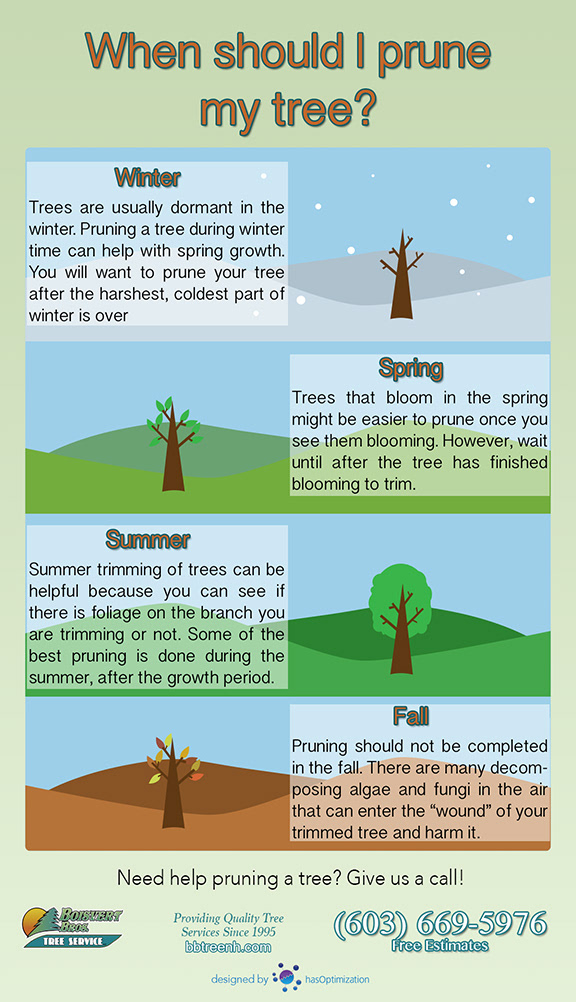Signs Suggesting The Need For Tree Elimination: Identifying Risky Trees
Signs Suggesting The Need For Tree Elimination: Identifying Risky Trees
Blog Article
Short Article Developed By-Harper Hubbard
When it concerns tree care, acknowledging the indicators that it's time for elimination is essential for your security and residential or commercial property. You may observe stained leaves, wilting branches, or strange fungal developments showing illness. Architectural issues, like a significant lean or splits in the trunk, can likewise position threats. Recognizing these indication can help you make notified choices about your trees and avoid possible hazards hiding in your yard. What should https://removing-stumps38382.yomoblog.com/41951566/prepare-to-look-into-the-fundamental-approaches-benefits-and-costs-of-stump-grinding-that-can-boost-your-lawn-disclose-the-keys-to-an-effortless-process look for next?
Signs of Decay and Illness
When you observe indications of degeneration and condition in your trees, it's vital to act rapidly. Search for discolored fallen leaves, wilting branches, or unusual growths like fungi. These can show that your tree is having a hard time.
If you see cracks in the bark or soft, mushy wood, these symptoms suggest interior degeneration. Additionally, a sudden increase in insects around your tree can indicate that it's weakened and vulnerable.
Check for any dead or dying arm or legs, as they present a risk to your property and security. If you're uncertain concerning what you see, seeking advice from an arborist can provide clarity.
Addressing these signs early can conserve you from more substantial damages and guarantee the health of your yard. Do not wait till it's far too late.
Structural Instability and Leaning
As you observe your trees, watch out for any type of indications of structural instability or leaning. If a tree leans considerably, it might indicate that the origin system is jeopardized.
Seek any type of splits in the trunk or soil around the base; these can signify prospective failing. In addition, check for uncommon development patterns, like an unbalanced crown, which might recommend that the tree is having a hard time to hold itself upright.
If you discover that the tree leans toward your home, high-voltage line, or various other structures, it presents a better risk. Do not overlook these indicators-- speak with an arborist to examine the situation.
Doing something about it early can prevent pricey damages and ensure your safety and security.
Dead or Dying Branches and Vegetation
If you observe dead or passing away branches and vegetation on your tree, it's a clear indication that something's incorrect.
These unhealthy locations can show underlying issues like disease, bug invasions, or environmental anxiety. When branches shed their fallen leaves or transform brownish, they're no longer adding to the tree's health. Overlooking https://treerootshousefoundation62839.blog2freedom.com/35279185/think-about-the-hidden-dangers-and-visual-disadvantages-of-tree-stumps-on-your-home-uncover-efficient-removal-techniques-to-enhance-your-outdoor-area could result in additional decline, making your tree more harmful.
Dead branches can quickly break off during storms, posturing a threat to building and individuals nearby. It's vital to assess the degree of the damages.
If why not try these out influences a significant part of the tree, take into consideration getting in touch with a specialist. They can help identify if elimination is needed to make sure security and preserve the elegance of your landscape.
Final thought
If you observe any kind of signs of decay, structural instability, or dead branches on your trees, do not overlook them. These signs can position serious safety dangers to you and your building. It's constantly best to seek advice from a specialist arborist that can offer a specialist assessment of your trees. Doing something about it early can protect against crashes and costly damage, guaranteeing your landscape remains secure and healthy. Remember, it's much better to be aggressive regarding tree treatment than to await a catastrophe to take place.
